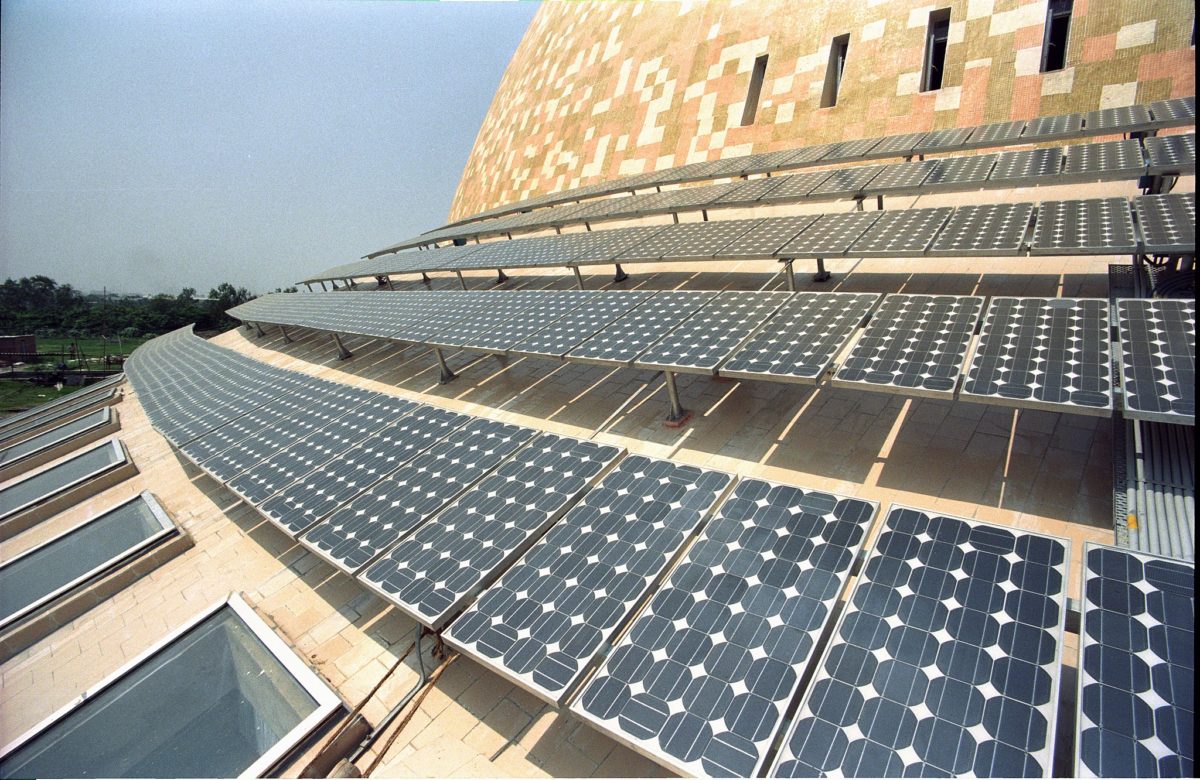Rooftop Solar in India has grown consistently from an installed base of around 600 MW in 2015 to 6 GW to date. While the growth seems remarkable on a standalone basis, it is a bit understated compared to the corresponding growth in utility solar. The government of India has set an ambitious 40 GW target for rooftop solar by 2022, and with less than an year to go, we are way short of meeting this target.
While the reasons for such sluggish growth in the solar rooftop sector are many, the recent disappointment came with a steep policy level shift that is certainly going to not only slow down the capacity addition but also leave a lot of uncertainty till the time final adoption of the draft amendment to Electricity (Rights of Consumers) Rules, 2020 is done by all states.
It is a well-known fact that it took years and tremendous efforts by not only the Ministry of Power (MoP) but also by the Ministry of New & Renewable Energy (MNRE), Solar Energy Corporation of India (SECI), and other stakeholders to work closely with the all the states for adopting and implementing the Net metering regulations across India. Net metering is one of the key drivers for faster adoption of Solar Rooftop since the concept is such that it works as an incentive for both – the supplier and the consumer.
This also was an attractive proposition for DISCOMS to increase efficiency in power supply and consumers, who could sell back surplus generation to the grid at retail tariffs. But with the increase in capacity addition of Rooftop Solar, DISCOMS were no longer enthusiastic about it due to multiple factors like losing out on the quantum of power being bought by high paying Commercial & Industrial consumers, variability of power and the commercials in comparison to buying green power at a much lower tariff available.
However, rooftop solar currently occupies less than 3-4% of India’s total generation capacity and the losses to DISCOM from rooftop were relatively marginal if other benefits to DISCOMs such as reductions in transmission and distribution losses, reductions in peak demands and contributions to Renewable Purchase Obligations (RPO) have not been quantified or included in assessment. Despite this, different states came out with different regulations restricting the provision of Net Metering for Commercial and Industrial consumers.
The amendment to Electricity (Rights of Consumers) Rules, 2020 issued by MoP against the earlier proposed rules of December 2020, is a welcome move and a big relief to the solar rooftop segment. It provides multiple options in addition to Net Metering, like Net Billing/Feed-in and gross metering, which will balance out the concerns of all the stakeholders.
Also, if the Commissions implement the time-of-the-day (ToD) tariffs whereby Prosumers are incentivized to install energy storage for utilization of solar energy stored by them or feeding into the grid during peak hours, thus helping the grid by participating in demand response of the Discoms, then this will certainly help in rapid implementation of Solar coupled with Storage solutions by making them commercially viable.
Having said that, we still have a long way to go and the key to the next phase of growth for the rooftop segment is dependent on multiple factors: One, State regulators should come up with the regulations in accordance with the amended Rules rapidly and assure greater clarity. Two, the Feed-in Tariff determined by the State Regulatory Commissions should provide commercial viability. Finally, a reduced timeframe for DISCOMs to adopt the regulations and ensure smooth implementation at the grassroot level.
In the present changing landscape of the power sector in India, the dominance of DISCOMs as the sole energy provider will fade away, and they will have to understand that co-existence is important to stay relevant. All stakeholders like power producers, DISCOMS, financiers and consumers will have to collaborate to create the right environment for the sector’s growth.
The industry welcomes the amendment and is ready to adapt to the dynamics of the sector. We foresee a temporary slowdown impact, but the amendment will pave the way for further growth of the sector, given the inclusion of a balanced approach for all stakeholders. We look forward to a positive and effective implementation by State Regulators so that an overall conducive eco-system is created for solar rooftop in India.
The views and opinions expressed in this article are the author’s own, and do not necessarily reflect those held by pv magazine.
This content is protected by copyright and may not be reused. If you want to cooperate with us and would like to reuse some of our content, please contact: editors@pv-magazine.com.








1 comment
By submitting this form you agree to pv magazine using your data for the purposes of publishing your comment.
Your personal data will only be disclosed or otherwise transmitted to third parties for the purposes of spam filtering or if this is necessary for technical maintenance of the website. Any other transfer to third parties will not take place unless this is justified on the basis of applicable data protection regulations or if pv magazine is legally obliged to do so.
You may revoke this consent at any time with effect for the future, in which case your personal data will be deleted immediately. Otherwise, your data will be deleted if pv magazine has processed your request or the purpose of data storage is fulfilled.
Further information on data privacy can be found in our Data Protection Policy.